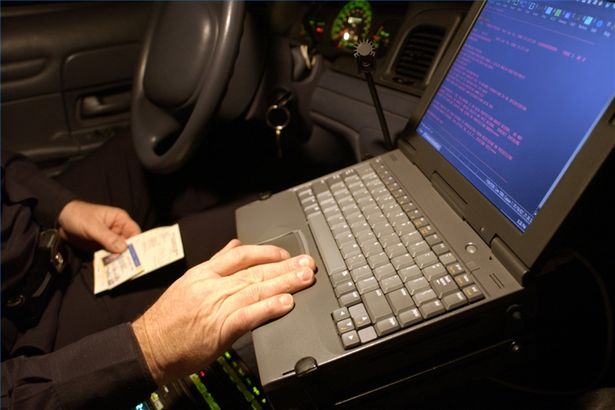American citizens are allowed to file police reports for any reason, such as traffic violations, fraud, violence, home invasions, and domestic disputes. In order to file a police report, you will need to first call 911 to report the accident. As soon as your incident is received, officers will arrive at the scene to report observations, check out the situation, interview persons of interest, and complete forms to continue your case.
However, law enforcement will need to gather a large amount of information to ensure their investigation is accurate, especially if it goes to court. The information in your case can become available but depends entirely on where you live. Below, we’ll go through all the steps you can take to obtain a police report and determine a person’s criminal history.
What’s in a Police Report?
– Date of incident/accident
– Location of incident/accident
– Names of everyone involved
– Reference ID number
Information in a police report usually includes identifying factors, such as names, addresses, contact information, social security numbers, dates of birth, license numbers, and any other additional information that is necessary to the case. Additionally, officers may need to gather vehicle information as well. Crime surveys and statistics, as well as traffic accident surveys, may also be included in the police report. However, this is dependent on the specific case. Either way, you can pull up a police report online and get a copy of it in most cities and states.
Method 1. Request it via Mail or Online
1. Find Out Who to Request Your Report From
When requesting your police report, you have to first find out which law enforcement agency in your city has the case file. However, you can easily find the contact information for the police department online with a few general searches. Unfortunately, it spends on the jurisdiction for you to claim a copy of your police report. But, most people can file a report, such as family members and lawyers.
2. Find Out if Your City is Allowed to Distribute Police Reports Through the Mail or Online
Certain cities only allow you to receive a copy of a police report in person at the designated police station. However, there are instances that police departments issue arrest records via mail or internet, depending on the city you live in. You can find out this information by visiting the website for the police department and filling out a form, either online or in the form of a downloadable PDF document, which you can mail back to them.
3. Understand the From Entirely
There’s no point in blindly filling out a form to release your police report if you don’t know that they’re asking. Make sure that you read the form over and go through all the steps they ask. Usually, it will ask for the following information:
– Date and location of the accident/incident
– Names of everyone at the scene
– Type of incident/accident
– Police report number
– Insurance claim number
– Release form from the victim of the incident, if you’re an attorney
4. Carefully Fill Out the Form
Before submitting the form or mailing it to the police department, go over its entirety to make sure everything is accurate. Even the smallest mistake can delay the process of you obtaining a police report.
5. Provide a Stamped and Addressed Envelope
If you are submitting your request by mail, you might be required to include a self-addressed and stamped envelope with your form. Though this does mean that you will have to pay for the cost of postage, it also ensures that the police report ends up at the correct address.
Method 2. Request It In Person
1. Determine What Hours the Station Accepts Requests
Some police stations and law enforcement agencies only accept police report requests on specific days at specific times. Visit their website or call them to determine when you can make the request.
2. Go To the Right Agency
Even if the police department accepts mail-in or online requests, you can often receive the report faster if you request it in person. Plus, this offers you the opportunity to ask any questions you may have and receive further clarification, if needed.
3. Find the Records Division or Information Desk
Ask the first officer you see to direct you to the desk or area where you can make your request. In the records division or information desk, there will be officers who can answer your questions and provide you with the correct paperwork you need to fill out. The form is similar to the one you would find online. You will need to provide the same information as in method one, as well as your contact information.
The officer may also ask you to see your current photo ID in order to verify your name and address prior to fulfilling the request. They may make a photocopy of your ID to keep with their records. You may need to wait between one and five days before receiving the police record. The actual waiting time varies from department to department.
4. Make a Payment
Some law enforcement agencies will require you to pay a fee to obtain the record, though not all will. The fee is used to cover the agency’s cost of copying and handling the report. Call ahead of time to see if there is a fee and how much it will be. Fees vary between departments.
5. Get the Police Report
After your waiting period, the police will contact you to let you know when you can pick up the report. If you were asked to provide a stamped, self-addressed envelope, you will receive the report in the mail. You will likely receive the report within the time frame provided by the officer. If you do not, it would be wise to call the agency and check on the status of your report.

